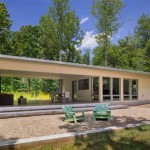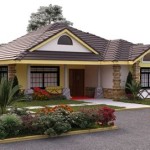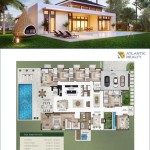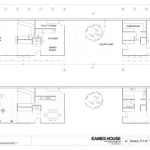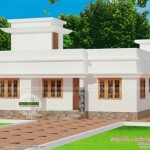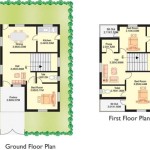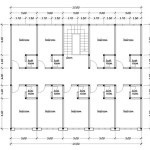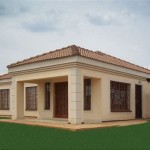All You Need to Know About Hobbit House Floor Plans
Hobbit houses, with their charming, cozy designs, have captivated the imaginations of literature enthusiasts and architecture enthusiasts alike. These subterranean dwellings, inspired by J.R.R. Tolkien's legendary works, offer a unique blend of practicality and whimsy. Understanding their characteristic floor plans is crucial for capturing the essence of these beloved abodes.
Round or Irregular Shapes
Hobbit houses are typically distinguished by their round or irregular shapes, creating a sense of organic harmony with the surrounding landscape. These curved walls not only add to the aesthetic charm but also provide structural stability, resembling the natural shapes of hills and burrows.
Earth Berming
A defining feature of hobbit houses is their earth berming, where the structure is partially or entirely covered by soil. This technique provides insulation, maintaining a stable temperature inside the dwelling regardless of the external climate. It also enhances the sense of being nestled into the earth, creating a cozy and secure environment.
Central Living Area
The heart of a hobbit house is its central living area, often referred to as the "smial." This is where the hobbits spend most of their time, gathering around the hearth for meals, storytelling, and music. The smial usually features a large fireplace, built-in benches, and alcoves for storage.
Spiral or Winding Staircase
To accommodate the subterranean nature of hobbit houses, they often have a spiral or winding staircase that leads down from the surface. These staircases are narrow and often circular, adding to the charming and intimate atmosphere of the dwelling.
Low Ceilings and Cozy Nooks
Hobbit houses are characterized by their low ceilings and cozy nooks. The ceilings are designed to be low enough to create a sense of intimacy and coziness, while the nooks provide additional living spaces or storage areas. These design elements contribute to the warm and inviting atmosphere of the home.
Round Windows and Doors
Hobbit houses often feature round or arched windows and doors, echoing the curved shapes of the walls. These openings provide natural light and ventilation while maintaining the overall aesthetic harmony of the structure. The round windows, in particular, evoke a whimsical and fairy-tale-like charm.
Additional Considerations
When designing a hobbit house floor plan, there are additional considerations to bear in mind:
- Ventilation: Proper ventilation is crucial to prevent dampness and ensure a healthy indoor environment.
- Drainage: Consider how rainwater and groundwater will be managed to prevent flooding or structural damage.
- Lighting: Natural light sources should be maximized, but additional lighting may be necessary for darker areas.
- Storage: Built-in storage alcoves and nooks are essential for organizing belongings in a compact space.
- Accessibility: The winding staircase should be designed with safety and accessibility in mind.
Conclusion
Hobbit house floor plans encapsulate the essence of these enchanting dwellings. Their round shapes, earth berming, cozy living areas, and unique design elements create a charming and whimsical environment that fosters a sense of comfort and connection with nature. Understanding these essential aspects is key to designing and appreciating these beloved architectural marvels.

Hobbit House Plans Storybook Sanctuaries

Hobbit House Plan

Floor Plans Www Dome Homes Com Hobbit House Underground

Hobbit House Plans Storybook Sanctuaries

Hobbit Homes House Plans The

The Hobbit Floor Plan Of Bag End Natural Building Blog

Pin By Dan Adar On Garden In 2024 Unique House Plans Cob Floor

Bag End Floor Plans Of A Hobbit House Dreamworlds Drivethrucards Com

Hobbit House Plans Storybook Sanctuaries

Spiral 2 House Plan

